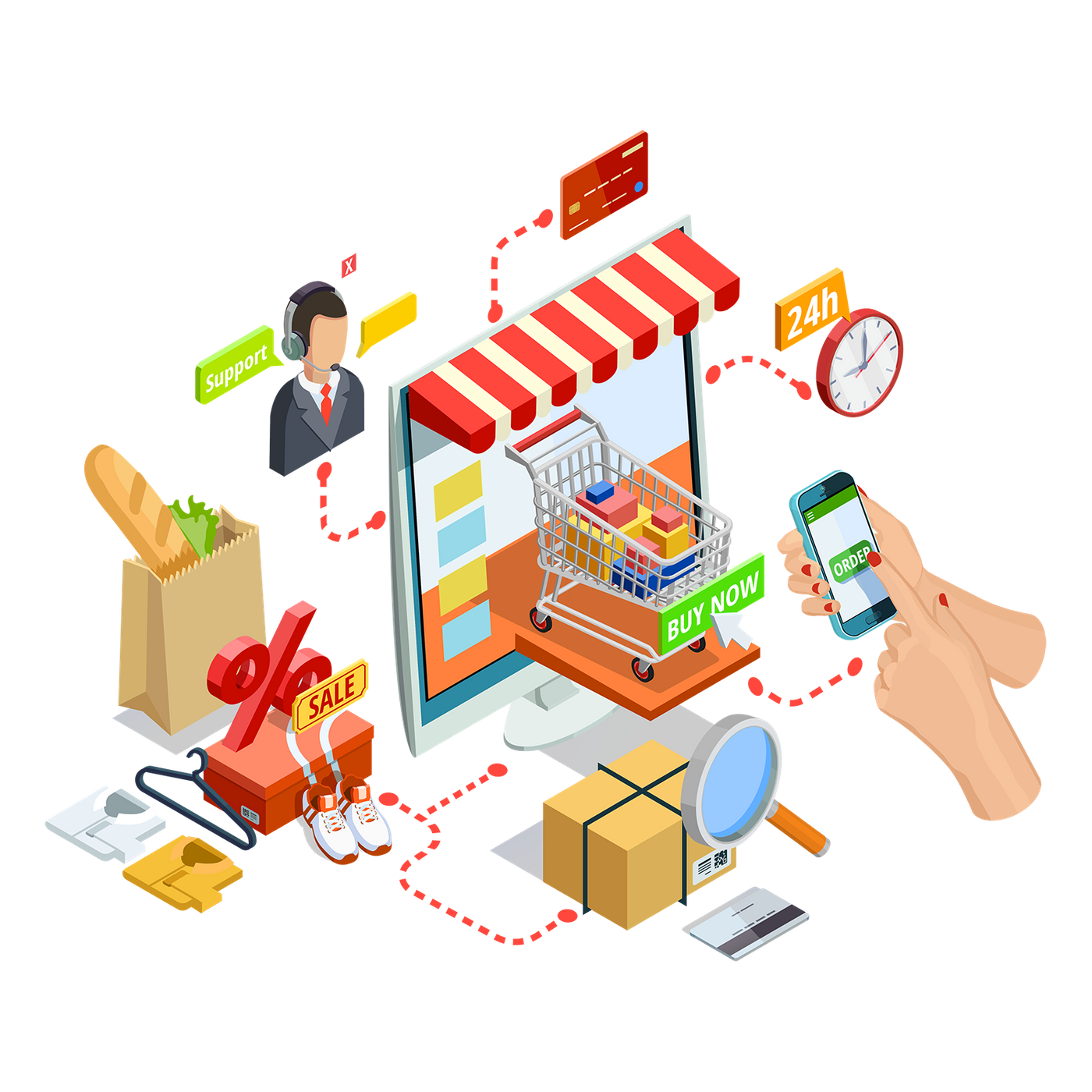Online-to-Offline (O2O) Commerce

What is online-to-offline (O2O) commerce?
Online-to-offline (O2O) commerce is a business strategy to attract potential customers from online channels to a brick-and-mortar store to make a purchase. Online-to-Offline (O2O) commerce identifies customers online through e-mail and Internet advertising, and then uses a variety of tools and methods to lure customers away from the online space. This type of strategy combines techniques used in online marketing with techniques used in brick-and-mortar marketing.
key takeaways
- Online-to-Offline (O2O) commerce is a business model that attracts potential customers from online channels to make purchases in brick-and-mortar stores.
- Technologies that may be employed by O2O commerce companies include in-store pickup of items purchased online, allowing items purchased online to be returned in brick-and-mortar stores, and allowing customers to place orders online in brick-and-mortar stores.
- Amazon's acquisition of Whole Foods Markets and Walmart's acquisition of Jet.com are examples of O2O commerce.
- Target, Walmart, CVS, and many retailers have added home delivery or curbside pickup, two effective O2O strategies for consumers to shop safely.

How does online-to-offline (O2O) commerce work?
Retailers used to worry about not being able to compete with e-commerce companies that sell goods online, especially when it comes to price and selection. Brick-and-mortar stores require high fixed costs (rent), many employees to operate, and they cannot offer a wide selection of merchandise due to limited space. Online retailers can offer a wide range of options without having to pay so many staff costs and only need to contact a shipping company to sell their wares.
Some companies have both online and offline businesses (brick-and-mortar stores), viewing these two different channels as complementary partners rather than competitors. The goal of online-to-offline commerce is to build product and service awareness online, allowing potential customers to research different products and then visit a local brick-and-mortar store to make a purchase. Technologies that O2O commerce companies may employ include in-store pickup of items purchased online, allowing items purchased online to be returned in brick-and-mortar stores, and allowing customers to place orders online in brick-and-mortar stores.
special attention items
The rise of online-to-offline commerce has not eliminated the advantages enjoyed by e-commerce companies. Companies with brick-and-mortar stores will still have customers visiting to check the fit or appearance of an item, or to compare prices, and ultimately make a purchase online (considered a "showroom"). So the goal is to attract a certain type of customer that will be willing to walk or drive to a local store instead of waiting for a package to arrive.
Online-to-Offline (O2O) Commerce Trends
Considering Amazon's $13.7 billion acquisition of Whole Foods in 2017, you can see that the online commerce leader is placing some of its bets on brick-and-mortar storefronts. Amazon even lets you pay with your Amazon Prime credit card at Whole Foods and get 5% back just like you pay online with your Amazon Card.
That's not to say traditional retailers won't bet on both sides. Walmart has spent huge sums bridging the gap between online users and retail locations, including buying e-commerce company Jet.com for about $3 billion in 2016. Making progress in reaching urban dwellers and millennial customers was one of Walmart's goals for the acquisition, and Jet has done well in attracting demographics with its large user base, adding about 400,000 new shoppers each month.
Acquiring companies that already have large online customer bases is an O2O commerce strategy being adopted by retailers such as Walmart. Extended services such as home grocery delivery and curbside pickup are other O2O services offered by retailers. Target, Walmart, CVS, Kohl's, Best Buy and many other retailers offer contactless curbside pickup. The service enables shoppers to buy what they need in a safe and timely manner without having to enter a store or leave their car. Walmart executives see these types of value-added services as key to the company's growth, reporting a 97% increase in U.S. e-commerce sales in the second quarter of 2020.3
Analysis and arrangement of Kang Si Xun's digital team
Like my work? Don't forget to support and clap, let me know that you are with me on the road of creation. Keep this enthusiasm together!
